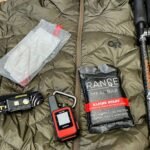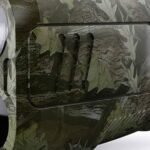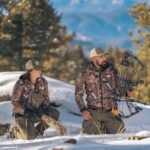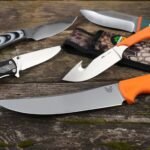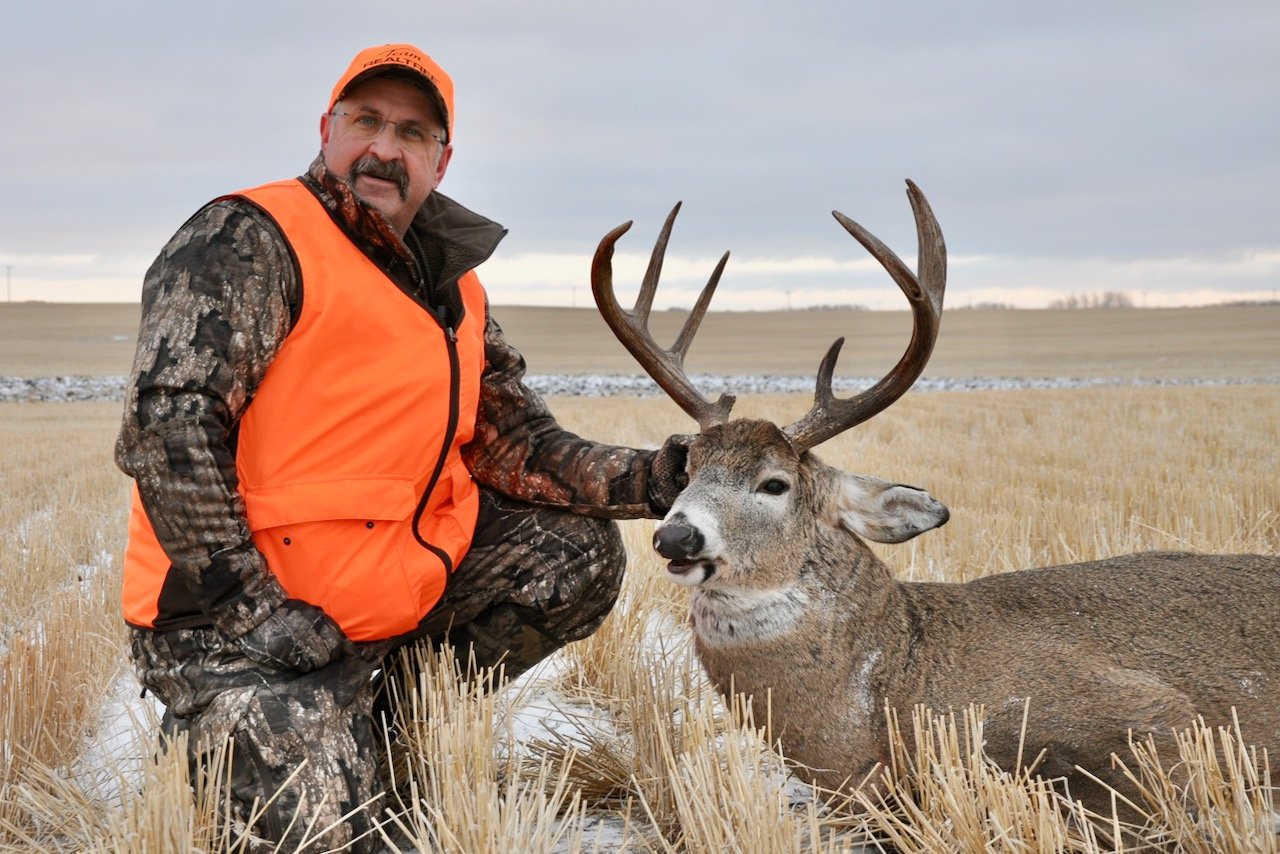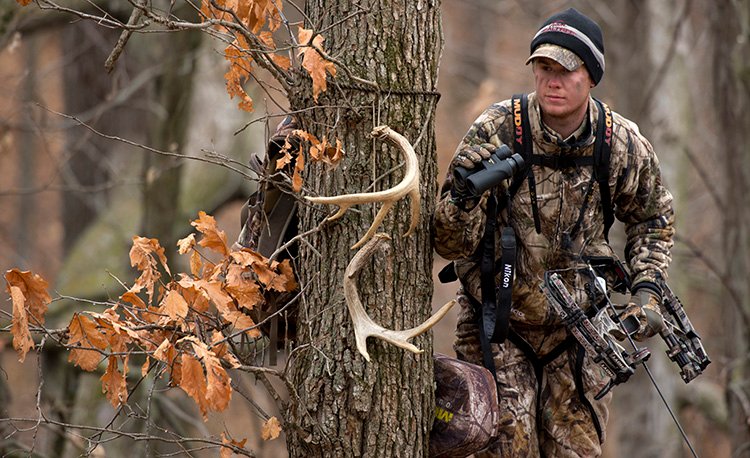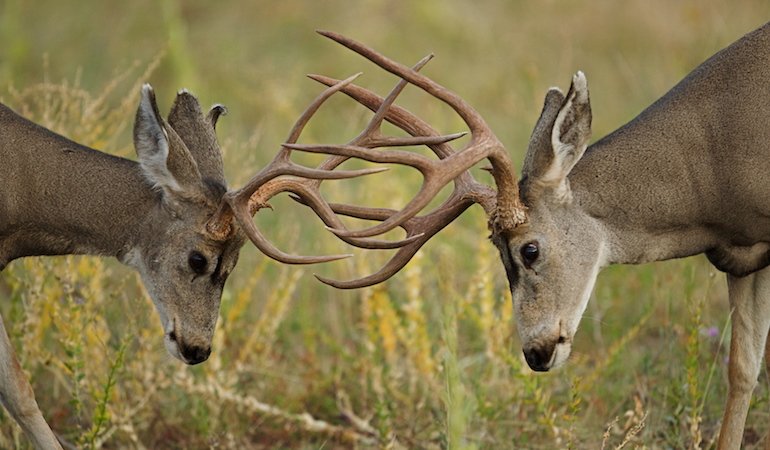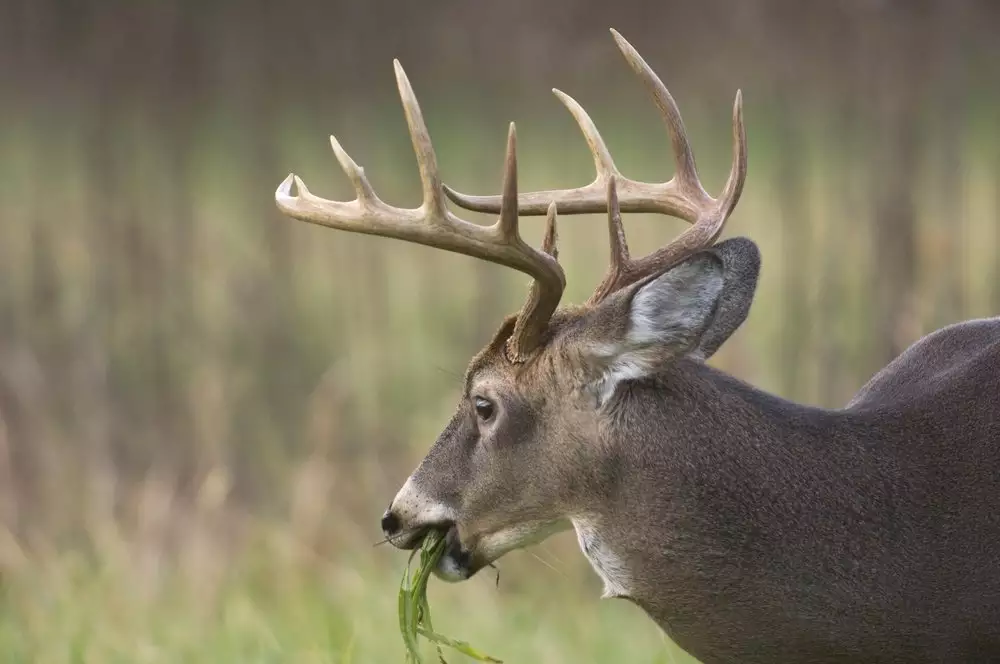Deer hunting is an exciting outdoor activity that requires preparation, knowledge, and patience. Whether you’re new to hunting or a seasoned pro, getting ready for a successful hunt involves more than just picking up a rifle or bow. In this guide, we’ll show you how to prepare for deer hunting, including essential gear, scouting tips, and strategies to increase your chances of success.

1. Choose the Right Gear
The first step in preparing for deer hunting is having the proper gear. The right equipment makes a big difference in both comfort and success. Here are some key items you’ll need:
Weapon: Rifle or Bow
Before heading out, make sure you have a weapon you’re comfortable with. Whether you prefer a rifle for longer-range shots or a bow for a more challenging experience, practice is essential. Spend time at the range to get familiar with your weapon and ensure it’s properly sighted in.
Camouflage Clothing
Deer have excellent eyesight, so blending in with your surroundings is important. Wear camouflage clothing to help you stay hidden. Choose layered clothing for warmth during colder weather hunts, and remember to pack rain gear in case of bad weather.
Hunting Boots
Comfortable and waterproof hunting boots are a must for deer hunting. They’ll keep your feet dry while allowing you to move quietly through the woods. Look for boots with good ankle support and non-slip soles to avoid injury.
Hunting Backpack
A hunting backpack is useful for carrying essentials like water, snacks, extra clothing layers, and first aid supplies. It also allows you to store your gear efficiently, so you’re not weighed down while moving through the woods.
2. Scout the Area
One of the most important steps in preparing for a successful hunt is scouting the area where you plan to hunt. Spend time before the season exploring the area and looking for signs of deer activity.
Look for Tracks and Droppings
Deer leave tracks in the dirt and droppings along their usual travel routes. These signs can help you identify areas where deer are frequenting. Check for tracks near water sources, food, or bedding areas.
Identify Bedding and Feeding Areas
Deer spend a lot of time in certain areas, especially where they eat or sleep. Look for dense cover or tall grass where deer might be bedding down during the day. Likewise, identify areas where deer might be feeding, such as fields or forests with acorn-bearing trees.
Understand the Terrain
Take time to understand the layout of the land. Look for natural deer trails or ridgelines that deer may follow. Understanding the terrain will help you position yourself in a spot where you’re most likely to see deer.
3. Know the Wind Direction
Deer have a keen sense of smell, so paying attention to the wind is crucial. If a deer detects your scent, they’ll quickly run away. Here’s how you can use the wind to your advantage:
Hunt with the Wind in Your Favor
Always make sure the wind is blowing away from where you expect the deer to approach. This ensures that your scent is carried away from the deer, reducing the chance of them detecting you. Before you go hunting, check the wind direction and plan your route accordingly.
Consider Thermal Currents
In the early morning and evening, warm air rises, and cool air sinks. These thermal currents can carry your scent higher or lower, depending on the time of day. Make sure to understand how these thermal patterns work in your hunting area.
4. Practice Your Shot
Regardless of whether you’re using a rifle or bow, accuracy is key. Make sure you practice your shots before heading out into the field.
Shooting Range Practice
Visit a shooting range to practice regularly. Make sure you’re comfortable with your weapon and that it’s properly sighted in. Practice shooting from various positions—standing, kneeling, and prone—to ensure you can shoot accurately in different situations.
Know Your Range
It’s important to know your effective range. Practice shooting at different distances and decide the maximum range at which you’re comfortable taking a shot. It’s better to wait for a close, accurate shot than to take a risky long-distance shot that could miss.
Stay Calm and Focused
When the moment arrives, stay calm. Deer often appear suddenly, so it’s important to control your breathing and take your time before pulling the trigger or releasing the bowstring. Focus on the vital areas of the deer, like the heart and lungs, for a clean shot.
5. Set Up Your Stand or Blind
Once you have scouted your hunting area, it’s time to set up your stand or blind. A good setup can greatly increase your chances of success by giving you a good vantage point and concealing you from the deer.
Tree Stand
A tree stand offers an elevated position, giving you a better view of the surrounding area. Make sure to set it up in an area with heavy deer traffic, like near a feeding or bedding area. Ensure the stand is safe and securely fastened before use.
Ground Blind
A ground blind is another great option if you’re hunting in dense cover. Set it up near deer trails or feeding areas, but make sure it’s hidden from sight. Ground blinds are particularly useful if you’re hunting in a location where trees are sparse.
Concealment is Key
Whether you’re using a tree stand or a ground blind, camouflage and concealment are essential. Avoid movement and noise once you’re in position to avoid alerting the deer to your presence.
6. Understand Deer Behavior
Deer are creatures of habit, and understanding their behavior can help you predict where they’ll be and when. Here are some things to keep in mind:
Morning and Evening Activity
Deer are typically most active in the early morning and evening, especially around dawn and dusk. These are the best times to hunt, as deer are moving between their feeding and bedding areas.
During the Rut
The rut, or mating season, is one of the best times to hunt, as bucks are more active and searching for does. Understanding when the rut happens in your area will help you plan your hunt for maximum chances of success.
7. Prepare Mentally
Hunting can be a waiting game, and it’s important to be mentally prepared for the experience. Don’t get discouraged if you don’t see a deer immediately. Patience is essential in hunting. Keep focused on your surroundings and stay alert for any movement.
Conclusion
Preparing for deer hunting involves several key steps, from selecting the right gear to scouting your hunting area. By understanding deer behavior, practicing your shot, and setting up strategically, you can greatly increase your chances of a successful hunt. Most importantly, take the time to enjoy the process and the great outdoors. Whether it’s your first time or your hundredth, preparation is the key to success in deer hunting. Happy hunting!



